|
With a prepaid ticket in my pocket, I left Santillana del Mar (Blog: visiting Santillana del Mar) behind me and cycled slowly up the hill towards the cave of Altamira . The short 4 km cycle was completed in no time, still i managed to be well soaked by the time I reached the gate of the visitor center as the roads were still wet from the nightly rainfall. Yes, Northern Spain is green for a reason. By the time the gate opened at 9:30 am, many cars and buses were already waiting to enter the site. The cave of Altamira is famous for its prehistoric paintings and engravings, hence the reason the cave was designated a UNESCO world heritage site in 1985. The good thing about booking your ticket in advance is that you can bypass the ticket office and go straight to the main building where you obtain your ticket from the information desk. The actual cave is closed to the general public, this to safeguard the environmental conditions within the cave which are so important to keep the prehistoric rockart in pristine condition. The cave, which is 296 meters in length, has an entrance hall , main gallery and side hall, and contains some of the worlds finest examples of prehistoric rockart. The drawings which are dated back some 14,480 years ago show bison, deer, boars, horses,... They are painted using natural, red-coloured ochre and outlined in black using charcoal. But even when you can't enter the actual cave, there is a Neo-cave in the museum which took years to complete and even has the paintings painstakingly reproduced using the same old painting techniques. When you visit the cave, you get a designated time to enter the museum. First of all, you get to see a short 5 minute movie which explains how the cave evolved over time showing the collapse of the entrance at the end. After the movie, you get to enter the Neo-cave which looks just like the real cave with all its paintings. The Neocave presents Altamira as it was between 36000 and 13000 years ago, when it was inhabited by different groups of people living in family bands. Most of the everyday activities took place around several fires set up near the entrance of the cave. The space further inside the cave was used to express ideas, values or beliefs they cherished.... Engraving, drawing and painting were used in conjunction of each other, where the charcoal of the fires and the brown tones obtained from the mineral ochre is what was used to create these cave paintings. The art of Altamira is noted for the high quality of its paintings and engravings, for the diversity of techniques and styles used. Within the cave, you find numerous drawings of bisons, hinds, wild goats, hands,.... All of these were painstakingly reproduced in the neocave so that the actual drawings within Altamira cave can be protected from further deterioration. After the cave, you enter the museum where the first exhibition explains the discovery of the cave. Teh cave was discovered by a local man (Modesto Cubillas) in 1868. Accompanied by Cubillas, Marcelino Sanz de Sautola visited the cave for the first time in 1875 when he discovered a large number of split bones and some black wall paintings. His 12-year old daughter who accompanied him during a later visit first sighted the famous coloured ceiling paintings in a side cavern which came regarded as the Sistine Chapel of prehistory. Within the second part of the exhibition are the many tools made by prehistoric people used for hunting, day-to-day tasks,... For example, the Antler harpoons were used to catch fish. Many different types were developed, some of them having a hole in them so a cord could be attached to it. Another part of the museum shows many replicas of the different cave art which has been discovered around Northern Spain. There are many caves around the area, where some of them can still be entered, many have restricted visitor numbers.
Another spectacular tool on display is the curved tip of a deer horn with a stag engraved on it. This tool was used to straighten spears or antler in order to eliminate the natural curve so that they could be used as spearheads. The cave of Altamira is worth a visit, one which will educate you on the life of prehistoric man.
1 Comment
2/19/2023 01:36:27 pm
The curved tip of the deer horn looks amazing. How intricate. True artists perfecting their craft there. Excellent images. Keep up the great blogging work Peter and Dolores.
Reply
Leave a Reply. |
�
About the AuthorWe are Peter & Dolores De Bie. We love the great outdoors, discovering new parts of the world and writing about our adventures along the Wild Atlantic Way and further afield Categories
All
|
Contact us |
Where are our visitors from |
copyright © 2024 www.outdoorfitnesssligo.com
©Website design by Outdoor Fitness Sligo
©Website design by Outdoor Fitness Sligo
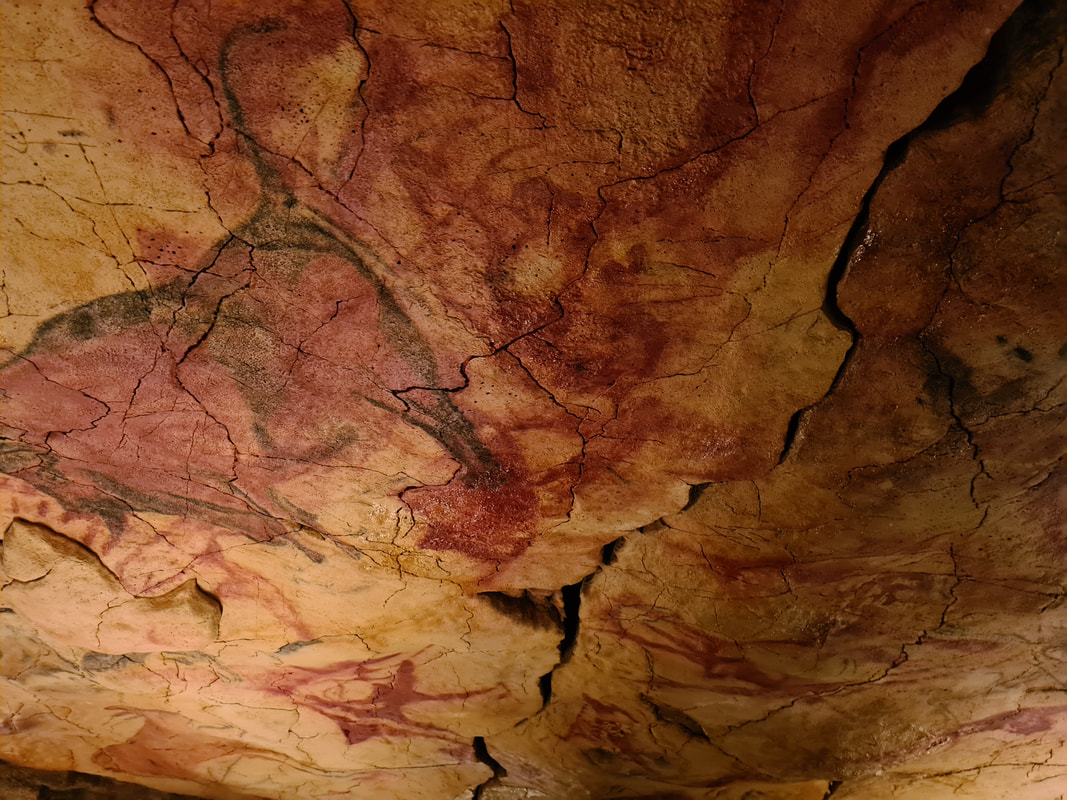
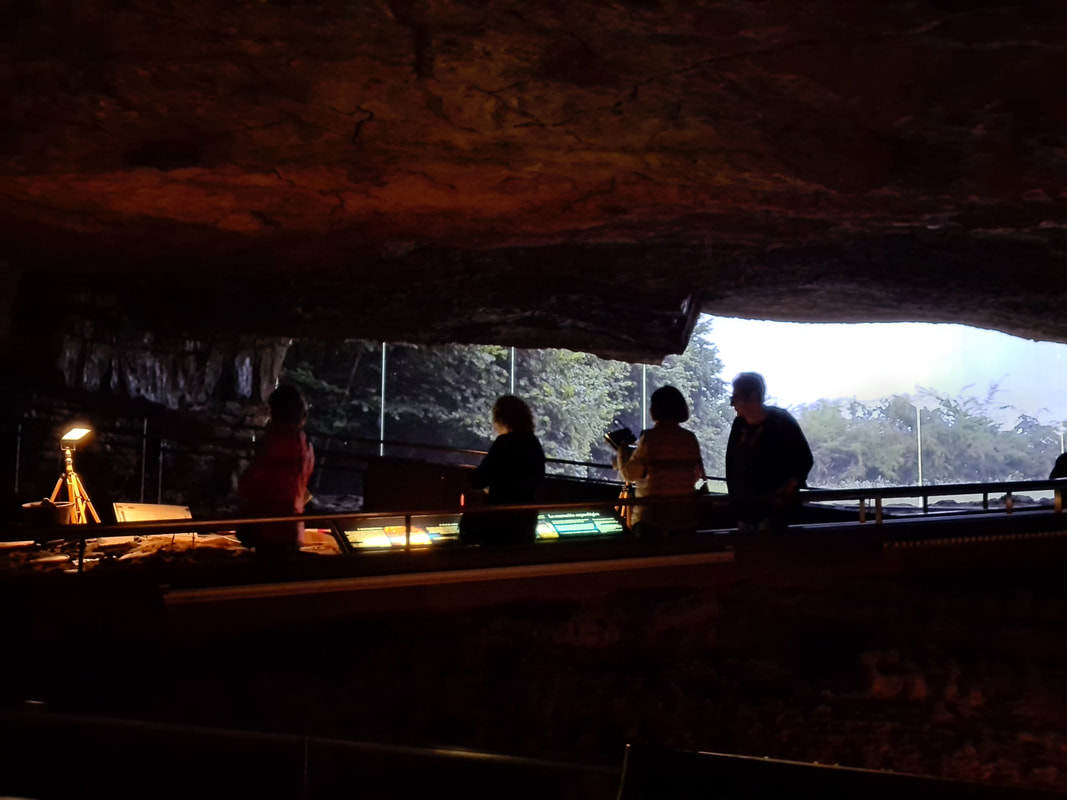
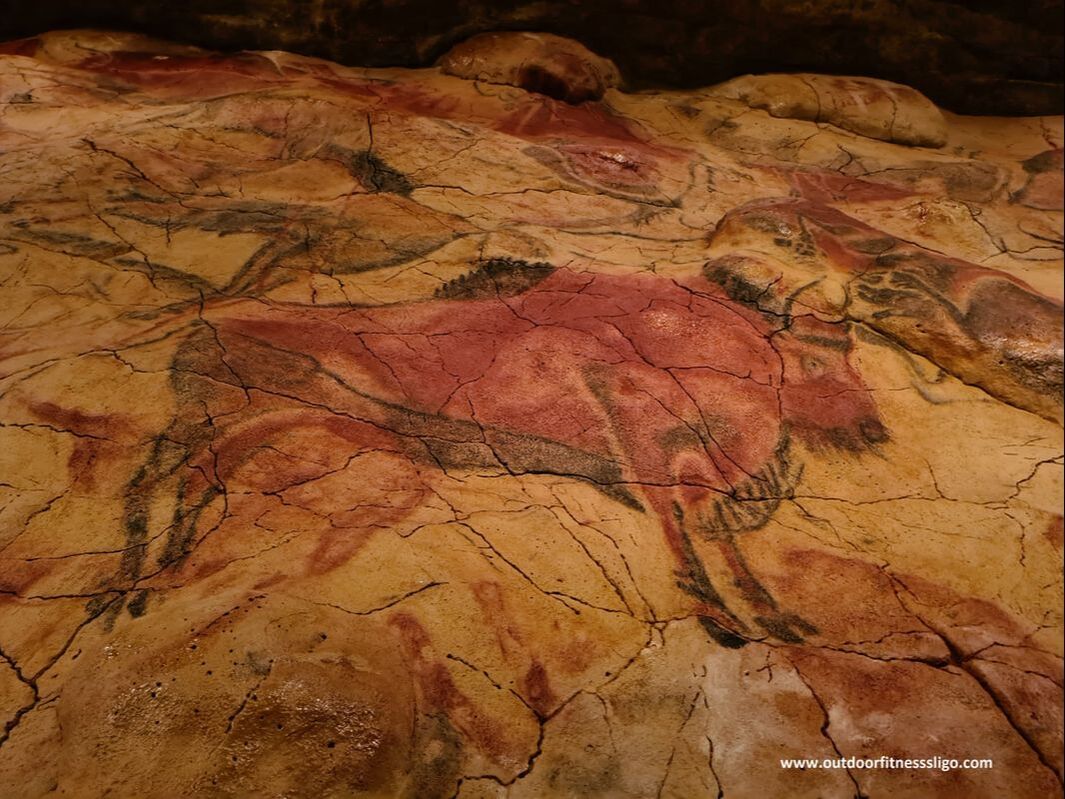
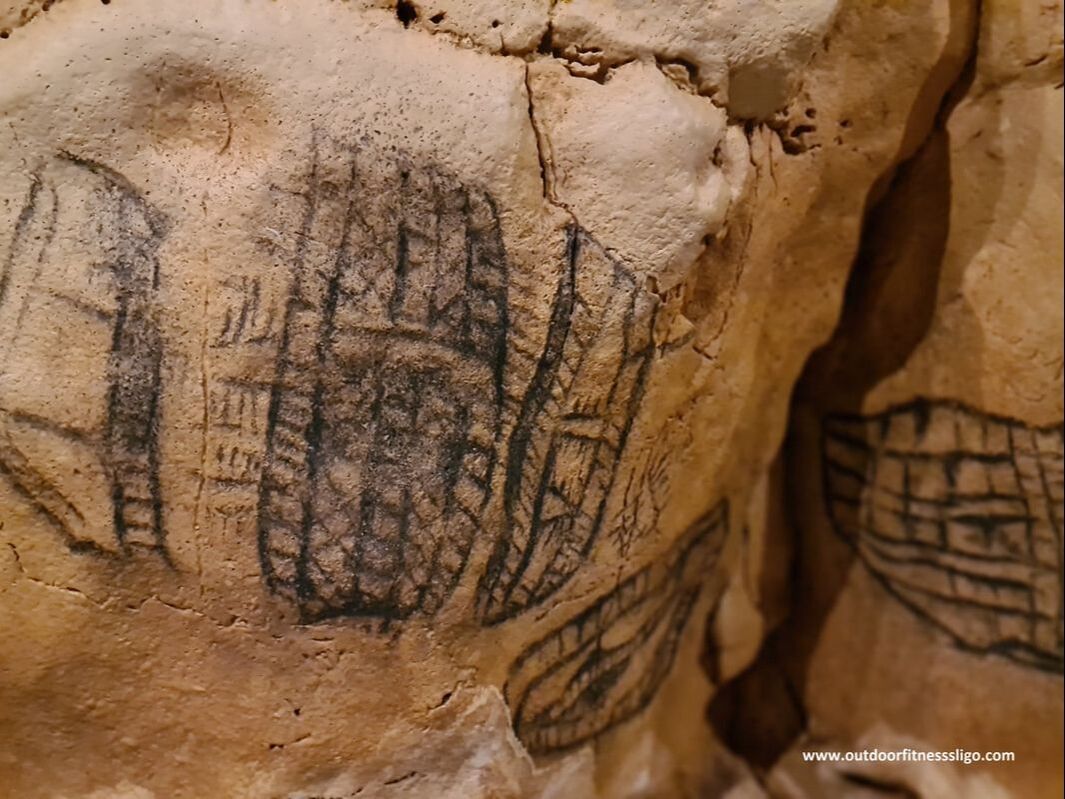
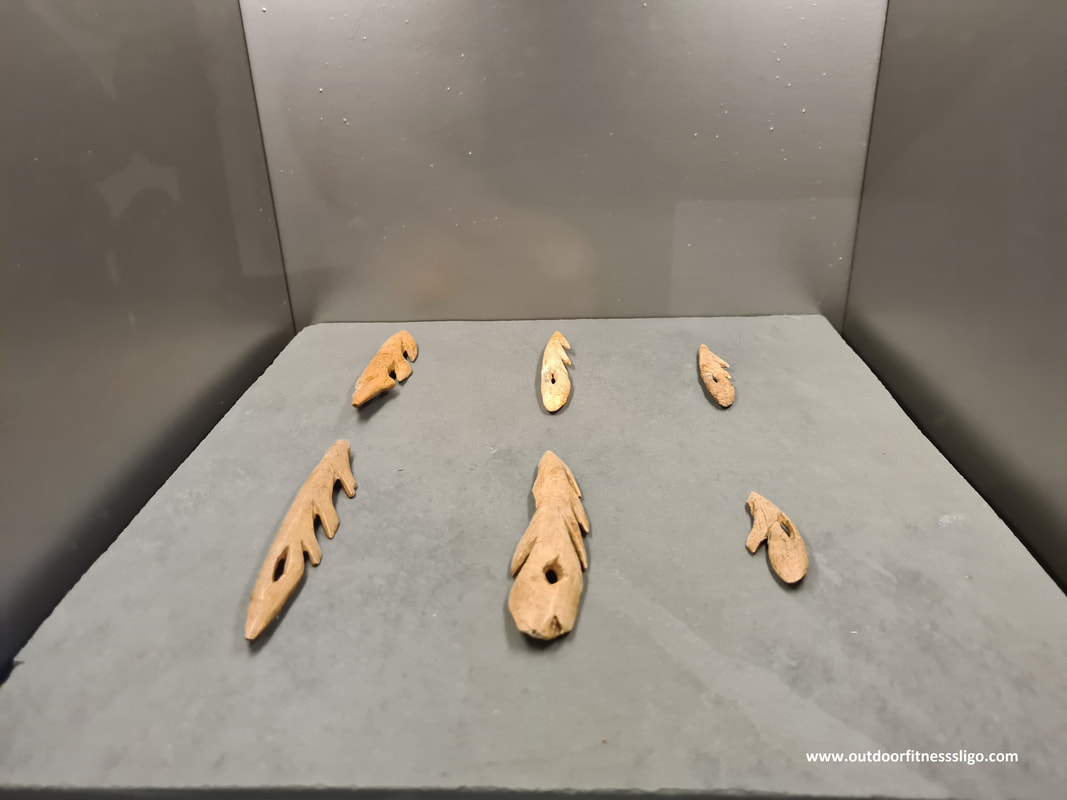
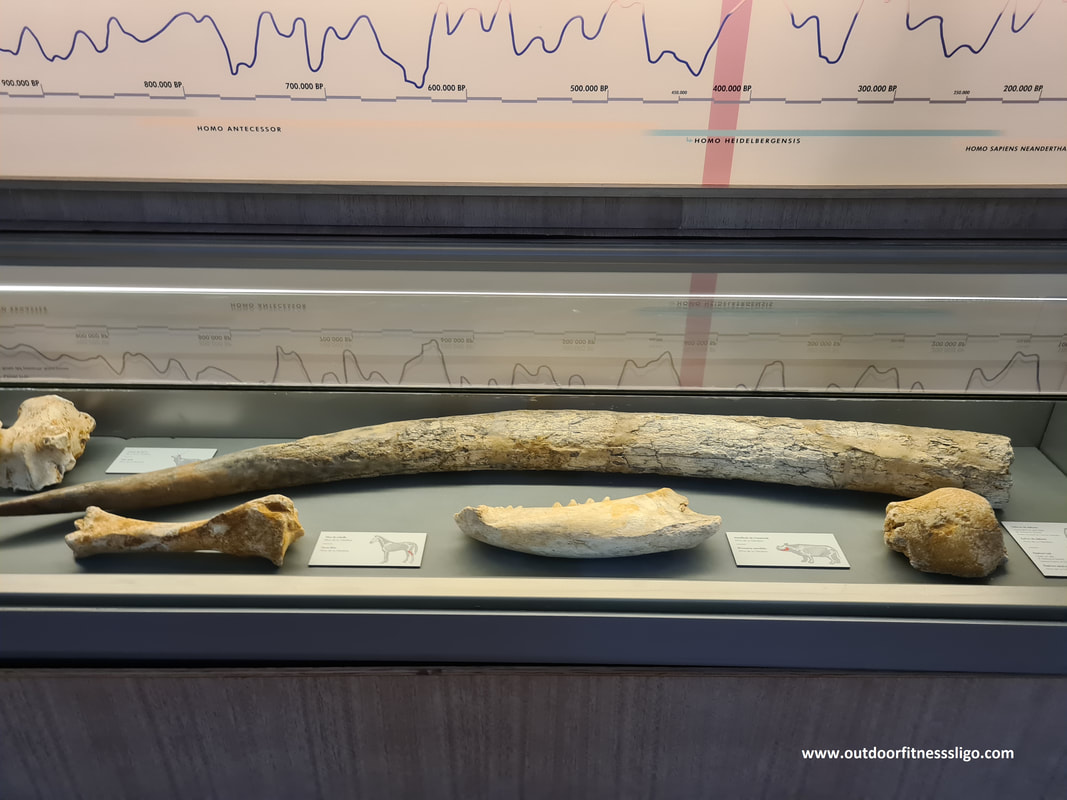
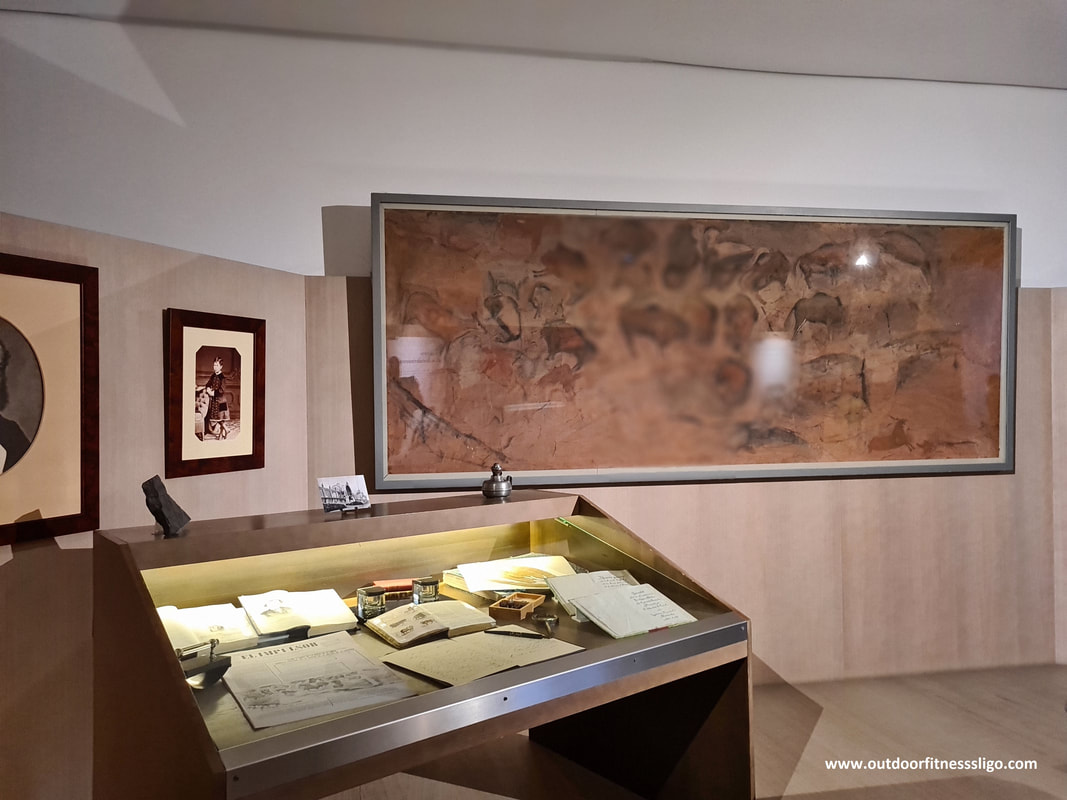
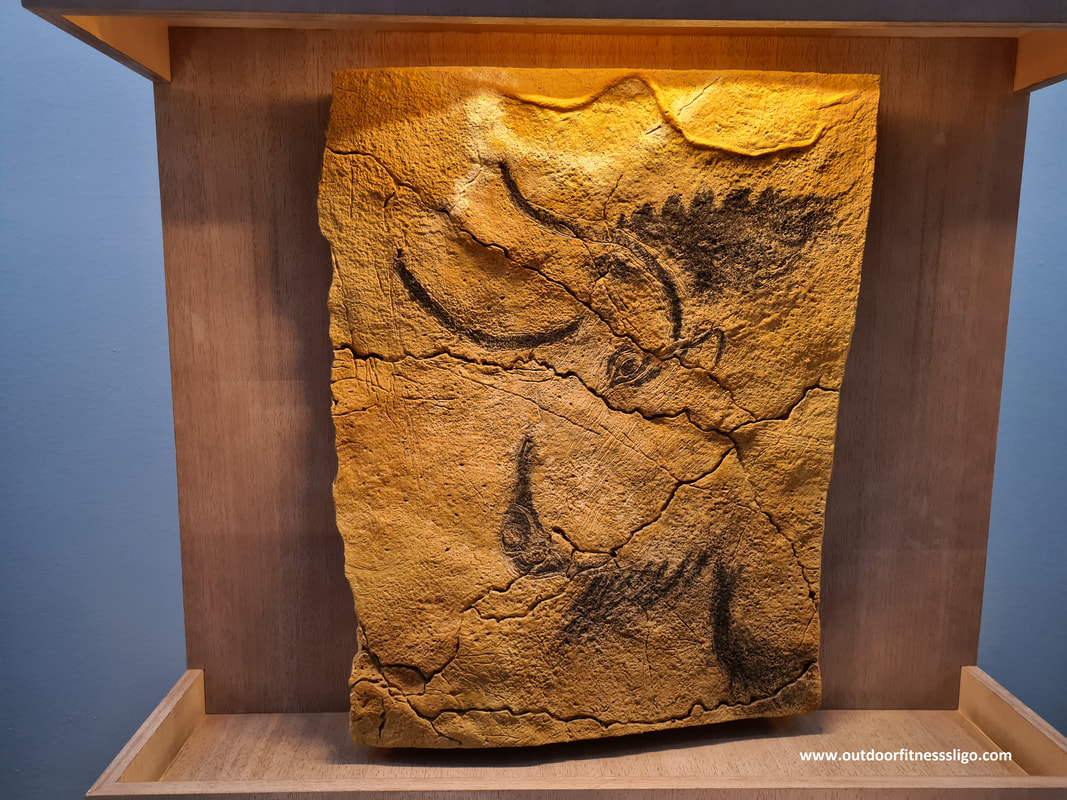
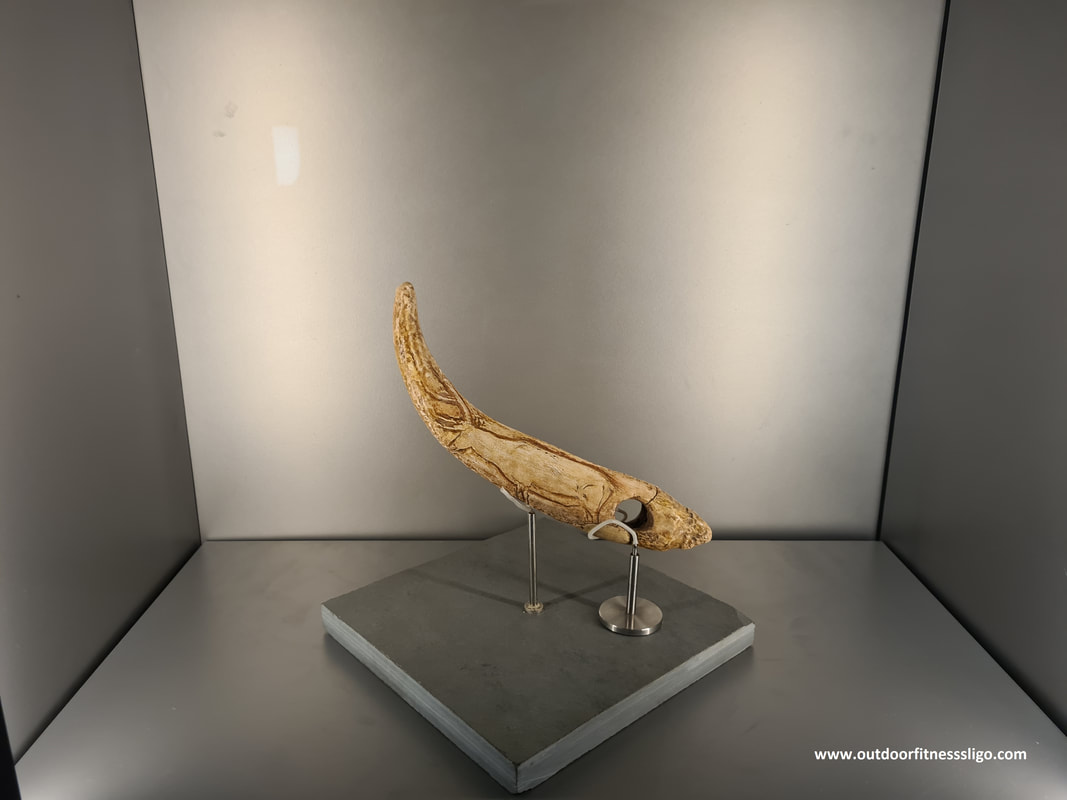
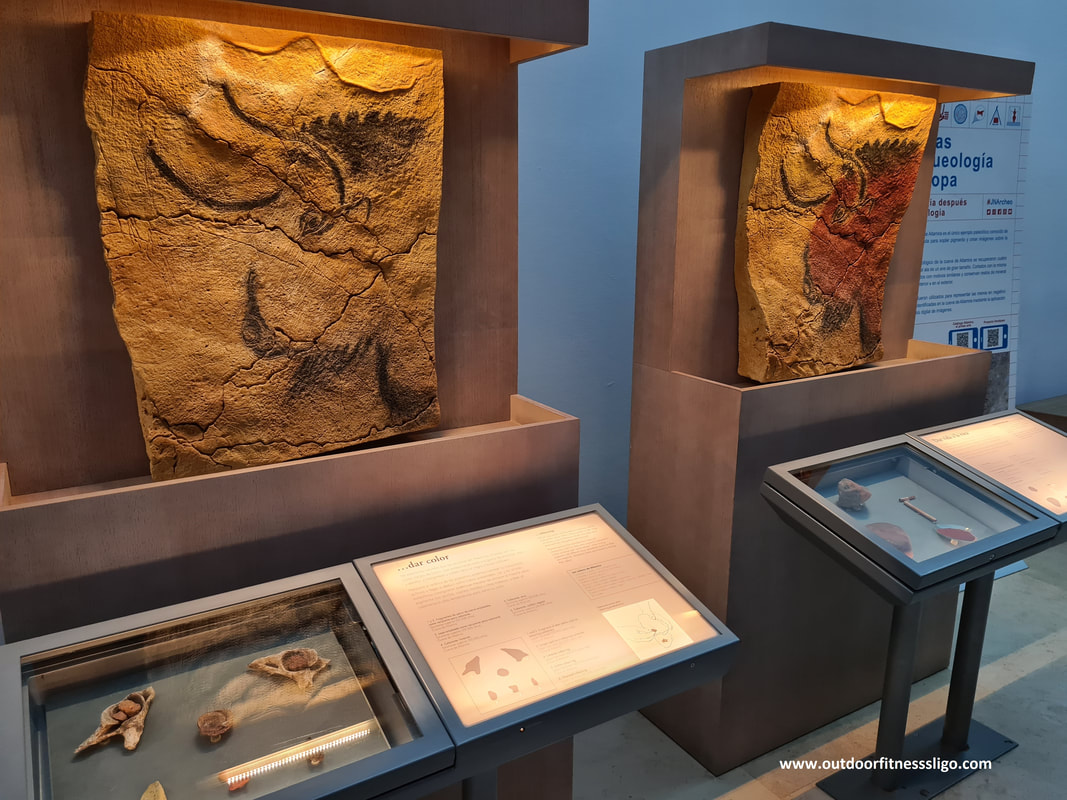
 RSS Feed
RSS Feed
